Jun 19, 2025
Author:Jackson Watson
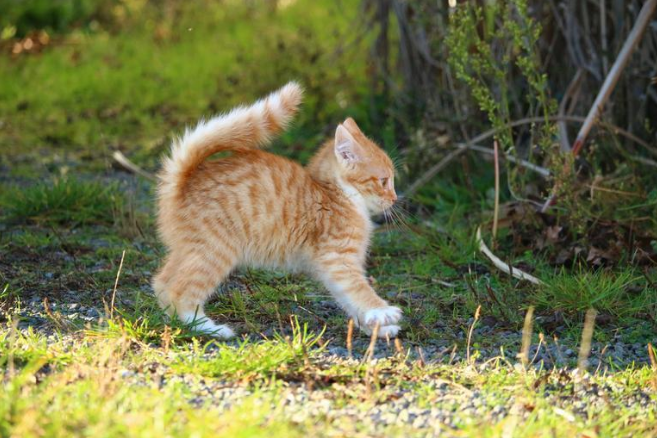
Cats often carry an unfair label of cold independence, yet many breeds show steady warmth, loyalty, and social grace.
In this guide, we will explore the friendliest cat breeds and explain why some kittens lean toward affection more than others. We look at history, genetics, daily care, and proven behavior patterns so you can choose a cat that fits your household.
Breeders note three core traits when they rank temperament:
1. Desire for human contact.
2. Ease around children and other animals.
3. Low fear in new places.
A cat’s family tree shapes these traits, yet social bonds formed in the first twelve weeks also hold great weight. You can raise a gentle kitten into an even kinder adult with steady touch and positive play. That is why many shelters succeed in turning mixed-breed rescues into some of the friendliest cat breeds you can meet.
Ragdolls earned their name because they relax like cloth dolls in your arms. They greet owners at the door, follow them from room to room, and purr at a soft voice. Their gentle nature explains their top spot on most lists of friendliest cat breeds. A Ragdoll’s thick coat asks for weekly brushing, but the breed rarely mats. Good play toys keep these cats lively indoors. If you plan to bring one home, see this Ragdoll profile for grooming pointers and health insights.
The Maine Coon stands tall, with tufted ears and a plumed tail, yet its heart feels even bigger. Owners call these cats 'gentle giants.' They show keen patience with children and even small dogs. Maine Coons love water games, so a fountain works well. You can compare a fountain and a traditional water bowl to help one drink more during hot months.
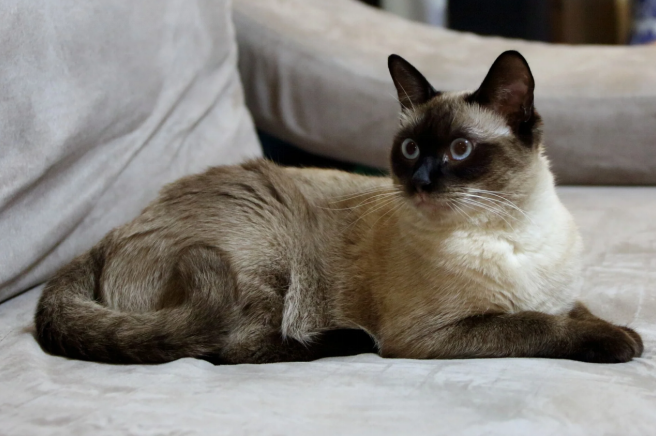
Burmese cats stay playful into old age. They crave group time and greet every guest. People who own them see fewer scratches on furniture because Burmese choose toys over couch arms. Offer wall-mounted cat shelves and you double their vertical playground. Their short coat sheds little, so these cats suit neat homes.
Birmans bring striking blue eyes and creamy coats paired with a low, sweet voice. They accept calm dogs and gentle toddlers with equal ease. A Birman thrives on routine meals. If work takes you away often, a timed feeder keeps portions steady while you are out.
Round faces and folded ears set this breed apart. More important is the easy, loving mood they reveal. A Scottish Fold will curl at your feet as you read and jump up for play when you clap. Pair the feeder above with a small smart pet care system to handle both water and food when you travel.
Siamese cats talk—often and loudly—yet they use that voice to bond, not nag. They return every call you give and rest near you throughout the day. Bright minds in this breed need puzzles. Rotate toys each week and clear climbing paths. When you notice loose fur on clothes, follow this short guide on removing cat hair to keep wardrobes tidy.
The Devon Rex sports a wavy coat, big ears, and high cheekbones. The look might seem formal, but these cats love tricks like 'fetch.' A ten-minute session twice a day uses their energy. Rewards work best when you set solid meal times. If you forget, try an automatic feeding routine.
Lean, athletic bodies make the Cornish Rex a natural jumper. They thrive on attention and pick your shoulder as a perch. Their fine coat offers near-zero shedding, so allergy concerns drop. Yet such short fur means they seek warmth on laps. Regular petting cements their spot among the friendliest cat breeds.
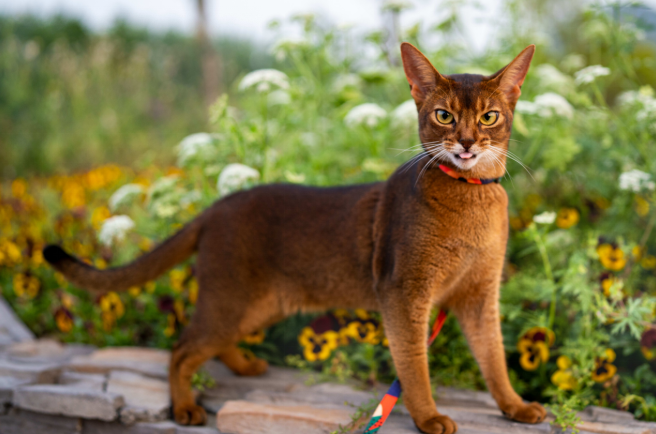
Old as the Nile but forever young in spirit, the Abyssinian wants to explore every shelf. Base cabinets, windowsills, and tall posts form their jungle gym. The breed bonds tightly with a main caregiver. Daily chase games support that link. When you groom them, check for fleas each season; lean coats make bites show up fast.
Slim lines, large ears, and 300 color patterns give the Oriental Shorthair a unique flair. They seldom hide when guests arrive. Their meows sound softer than the Siamese cousin, yet just as common. They join family movie night and will nod a hand for strokes. Their bond is why owners call them part of the friendliest cat breeds circle. Keep them healthy with these 14 daily tips.
Hairless but hardly cold, the Sphynx radiates heat and affection. They greet you at the door and show clownish antics on the sofa. Because their skin touches fabric more than furred cats, give them soft blankets. Bathe them twice a month to cut skin oil. They enjoy the surge of warm water from a fountain, yet you must study water fountain care to avoid algae growth.
Think Persian face with a plush teddy bear coat, and you get the Exotic Shorthair, a calm breed that prefers sofa snuggles over high leaps. They adjust well to apartments and rarely vocalize. Offer them puzzle feeders at night to trim weight gain. You can add a smart water fountain so they sip more.
The Tonkinese blends Siamese sparkle with Burmese warmth. They cling to families, play fetch, and sit on shoulders. Kids adore them. A Tonkinese likes wet food to meet high energy needs. If travel keeps you away, this guide on feeding wet food while away shows clean storage and reheating rules.
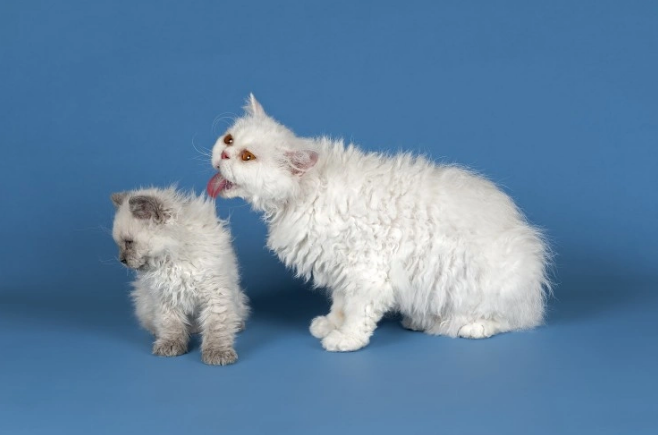
Soft curls mark the Selkirk Rex, yet its strongest trait is patience. You can groom them every other day with a wide comb. They lounge in sunlight but stand ready for gentle play. Because they can gain weight, track portions carefully. Check your schedule and see how an automatic feeder maintains food freshness while you work.
America’s classic mouser now ranks as a home buddy. The American Shorthair shows calm respect for strangers yet bonds steadily with owners. They value floor time over high jumps, which helps seniors or small children engage with them. Watch hydration in summer. The tips here on how to keep older cats hydrated give clear guidance.
You now know the traits that rank these cats among the friendliest cat breeds. Before you adopt, pause and weigh four points:
1. Energy Level – A Cornish Rex needs daily action; an Exotic Shorthair stays mellow.
2. Grooming Needs – Long coats like the Ragdoll need steady brushing; Sphynx needs baths.
3. Family Setup – Babies? Dogs? Pick breeds that accept both.
4. Health Checks – Ask the breeder or shelter for vet records.
A short meeting does not reveal every trait, so observe kittens at play. Watch how they walk up, stretch, and accept petting. You want a confident cat, not one frozen in corners.
Friendly cats stay kind when their bellies feel right. Feed an age-matched recipe and measure kibble with a scale. Consult this chart on how much to feed your cat if you need numbers by weight. Wet food twice a week adds moisture. Remember that a sudden diet change leads to stomach upset. Shift slowly over seven days.
Water drives kidney health and clear skin. A bubbling fountain attracts many cats. If you ask, 'Do friendliest cat breeds love running water?' the answer is yes; moving water feels cool and safe. Study why cats dip their paws to know when height or bowl shape bothers them. Clean filters on schedule so your cat never smells stale water.
Play builds trust. Try laser pointers, wand toys, and cardboard boxes. Rotate items weekly so the game feels new. If you plan to fetch sessions, learn quick steps on teaching a cat to fetch. Play ends before the cat tires to keep joy high.
Even the friendliest cat breeds scratch couches if they lack posts. Place sturdy posts near favorite nap spots. If a cat poops outside the box, see if stress, smell, or box depth annoys them. This article on why cats poop on beds offers simple fixes.
When a cat wakes you with meows at dawn, set feeding times later. Find reasons in morning meows and adjust light or meal cues.
Cats may look independent, but many crave human touch. Breeds like the Ragdoll, Maine Coon, and Burmese show that softness daily. With sound care and early bonding, any of the friendliest cat breeds will enrich your life for years. Choose your match with thought, feed and groom with care, and reward good behavior. When you invest steady time and love, your cat returns it tenfold, proving that kindness in cats stands strong and clear. In short, seek out friendliest cat breeds, meet their needs, and enjoy a home full of purrs.
Label:
Popular Post

What to Feed a Sick Dog With No Appetite? [2025 Guide]
May 16, 2023

Troubleshooting Common Issues with Automatic Pet Feeders: Tips & Tricks for Pet Owners
Oct 26, 2023
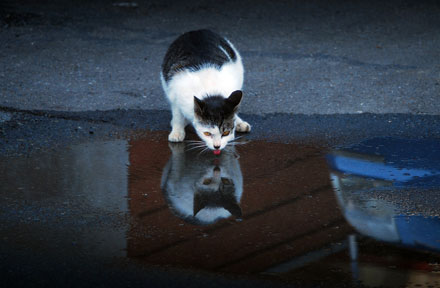
Why Does My Cat Cough After Drinking Water? 8 Potential Reasons
Mar 13, 2023
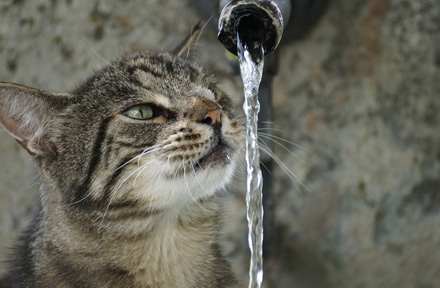
Why is My Cat Throwing up Water? Top 5 Causes Here
Feb 08, 2023
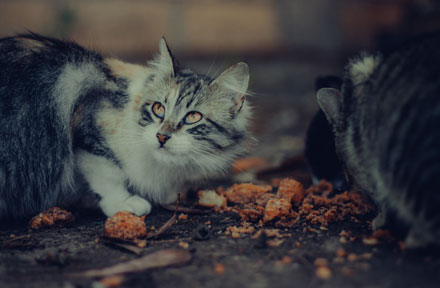
My Cat Only Eats A Little at A Time - What to Do?
Feb 27, 2023
$99.99
$129.99
Copyright © 2025 WOPET. All Rights Reserved.